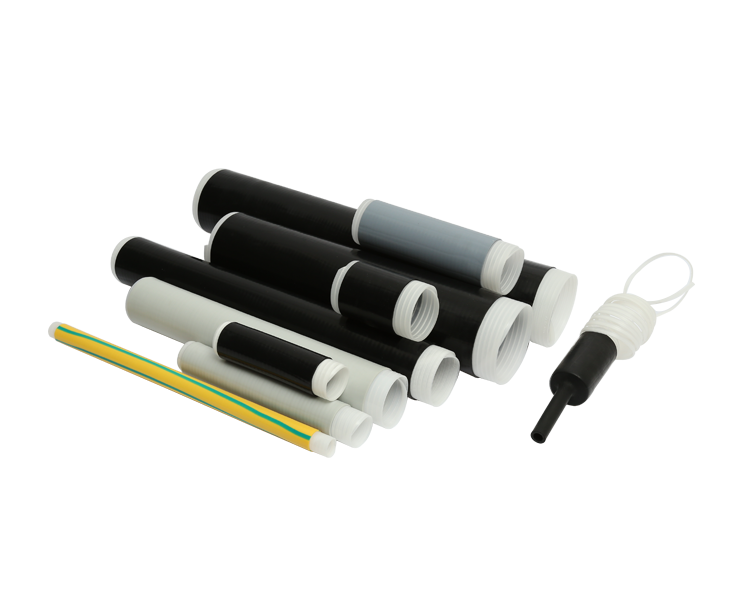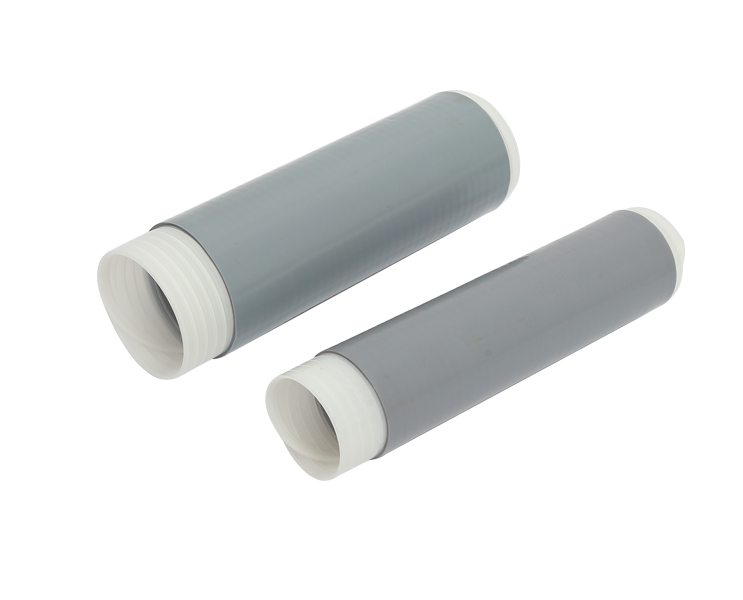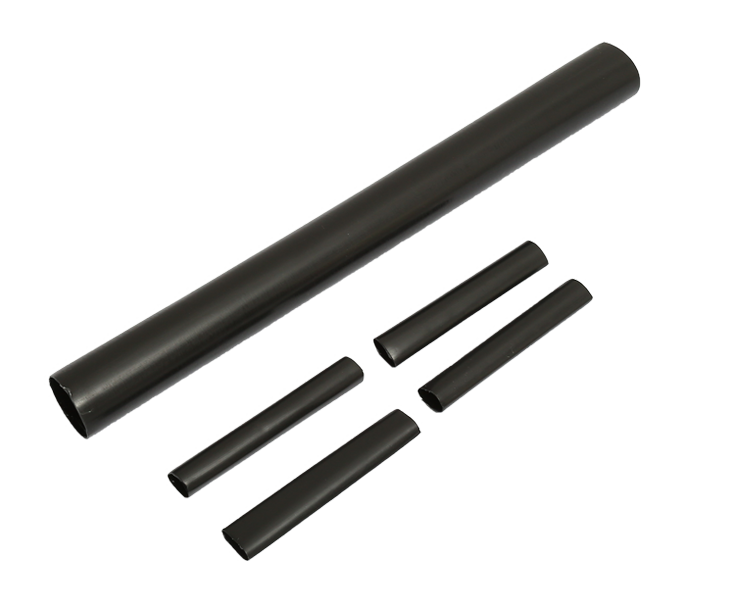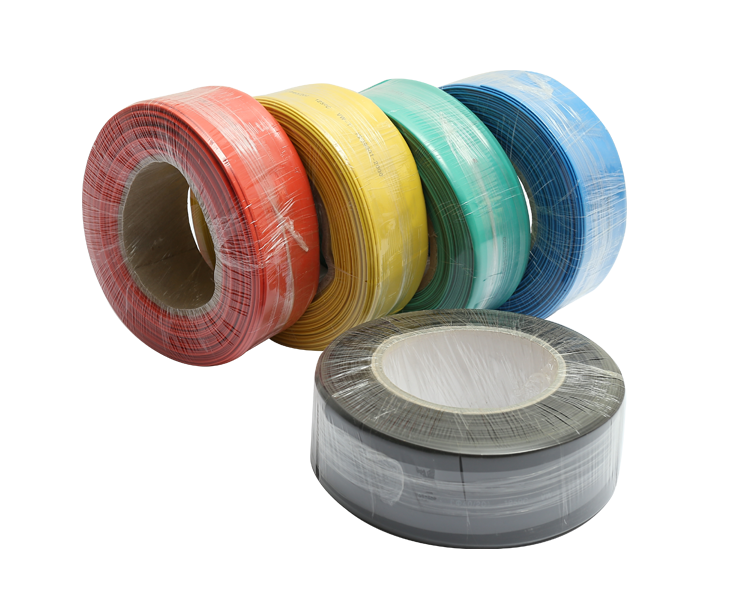What Are The Differences Of 10kV Cable Front Plug, Back Plug, Indoor Cable Head, And Outdoor Cable Head?
In the realm of cable connections, distinctions between various components play a pivotal role in ensuring efficient and reliable electrical networks. Analysis and comparison of 10kV Cable Front Plugs, Back Plugs, Indoor Cable Heads, and Outdoor Cable Heads, shedding light on their unique characteristics, installation materials, conditions of use, and core configurations.
1. Differentiating Terminal Components
A fundamental differentiation lies in the terminology of cable heads and cable terminal heads, with the former encompassing a broader category that includes cable terminal heads and cable intermediate connectors. This hierarchical arrangement underscores the role of cable terminal heads as a subset within the cable head classification. This distinction serves to categorize components accurately and facilitate precise cable installations.
2. Varied Installation Materials
The choice of installation materials is a pivotal factor that separates 10kV Cable Front Plugs, Back Plugs, Indoor Cable Heads, and Outdoor Cable Heads. This distinction is particularly evident in the division between heat-shrinkable and cold-shrinkable cable terminal heads. Heat shrinkable variants leverage thermal properties to achieve secure fits, while cold shrinkable counterparts employ different techniques for installation. This material-oriented categorization underscores the adaptability of these components to diverse installation scenarios.
3. Differential Usage Conditions
An essential demarcation exists between indoor and outdoor cable terminal heads within the 10kV range. The distinction accounts for the environment in which these components are deployed. While indoor cable terminal heads serve the purpose of connecting and insulating cables within controlled indoor environments, outdoor cable terminal heads are engineered to withstand the challenges posed by external elements such as weather and temperature fluctuations. Moreover, specific configurations like heat-shrinkable indoor three-core terminal heads cater to distinct use cases, emphasizing the need for solutions tailored to particular conditions.
4. Core Configurations: Addressing Diversity
The variances in core configurations further underline the diversity within 10kV Cable Front Plugs, Back Plugs, Indoor Cable Heads, and Outdoor Cable Heads. These configurations encompass single-core, two-core, three-core, four-core (including 3+1), and five-core (including 3+2 and 4+1) terminal heads. The segmentation based on core count facilitates precise connectivity, addressing the multifaceted requirements of electrical networks across different industries.
Versatility of Cable Terminal Heads
Cable terminal heads consolidate essential functions such as waterproofing, stress control, shielding, and insulation within a single component. This amalgamation of functionalities empowers cable terminal heads to excel in a diverse range of demanding environmental conditions. Possessing commendable electrical and mechanical properties, these heads ensure prolonged performance even under challenging circumstances. Their adaptability enables them to thrive in industries such as electric power, petrochemicals, metallurgy, railways, ports, and construction, highlighting their significant role in diverse sectors.
Impact of Cable Terminal Advantages
The benefits of cable terminal heads reverberate across industries due to their lightweight construction and ease of installation. These advantages streamline deployment and reduce labor costs. With widespread utilization, cable terminal heads contribute to the seamless operation of electric power systems, petrochemical installations, metallurgical processes, railway operations, port facilities, and construction projects.
The distinctions between 10kV Cable Front Plugs, Back Plugs, Indoor Cable Heads, and Outdoor Cable Heads are fundamental in determining their compatibility, functionality, and applicability within specific contexts. The careful consideration of installation materials, usage conditions, core configurations, and the amalgamation of essential functions in cable terminal heads ultimately ensures the robustness and reliability of electrical networks across diverse industries.

 English
English 简体中文
简体中文



